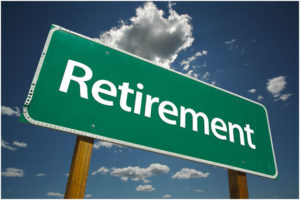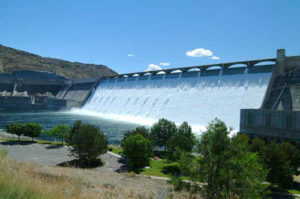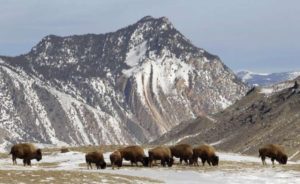YELLOWSTONE NATIONAL PARK, Wyo. — So … I was waiting this afternoon for Old Faithful to shoot itself into the air.
I turned to a gentleman and his wife sitting behind us on a bench. We talked for a moment or two: about Vietnam (we both were wearing caps revealing our war connection) and about the fact we were sitting on a huge volcanic fault that might explode some day, maybe soon.
Then he asked, “Where are you from”? I stumbled for a moment.
Then I mumbled being “from near Dallas.”
My retirement has taken my wife and me to Fairview, just north of Dallas between Allen and McKinney. I haven’t grown entirely comfortable telling strangers that I am “from the Dallas area.”
I can’t explain it, other than to suggest that Fairview isn’t as widely known to folks as, say, Amarillo and Beaumont, where we lived for more than 30 years while I worked for a living in daily print journalism. Most people I have met over the years know where Amarillo and Beaumont are on the map. Indeed, when I mention “Amarillo,” I often get a response that goes something like, “Hey, isn’t that the place with the big steak?”
As I grapple momentarily for the right way to tell folks where I now reside, I am left sounding awkward and perhaps a bit feckless.
It’ll come. Soon.





